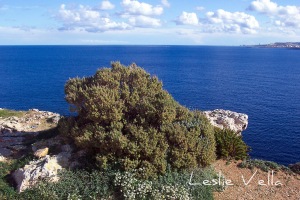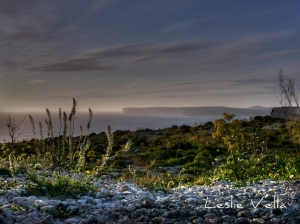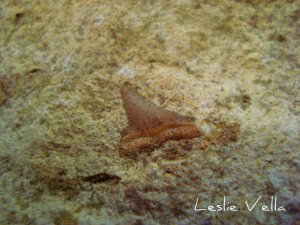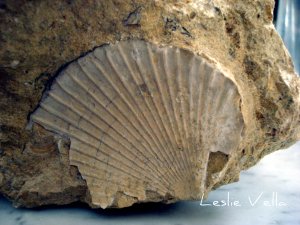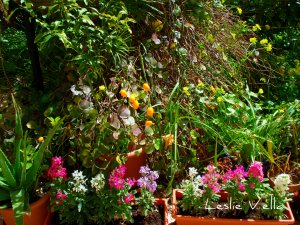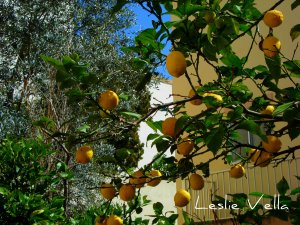Still life at l-Ahrax
The peaceful view from the cliffs at l-Ahrax tal-Mellieha in Malta’s northern extreme. The calm blue expanse of the Mediterranean stretching as far as the horizon. Beyond the horizon, due south, the Libyan coast, some 380 kilometres away. So near and yet so far away. Neighbours but a world apart. Here at the tip of Europe, there at the tip of Africa.
Visibility very clear on the crisp winter day when the photo was taken. Extending at least twenty five kilometres as evidenced by the Portomaso Tower and other landmarks visible on the horizon.
And the main subject in the foreground: the endemic Maltese salt tree, Darniella melitensis. The Maltese xebb or sigra tal-irmied. A scarce plant which is only to be found in the Maltese Islands. Nowhere else on Earth. Here and here alone. A relic which predates the ice-ages. The only example of the Darniella species to be found in Europe.
A “shy” plant, which prefers to grow in unreachable areas. Such as the collapsed boulder screes beneath cliffs. Hence its success in avoiding the depradations of man. It is perfectly suited for this harsh environment. A camel of a tree! Thrives in poor soil, sparse water and harsh winds. And a good dose of salty sea spray!
More of a shrub than a tree averaging 2.5 metres although larger specimens reaching 4.5 metres have also been observed. Obviously strictly protected by national legislation.
A beautiful view which cannot be replicated anywhere else on the planet due to this unique plant.
